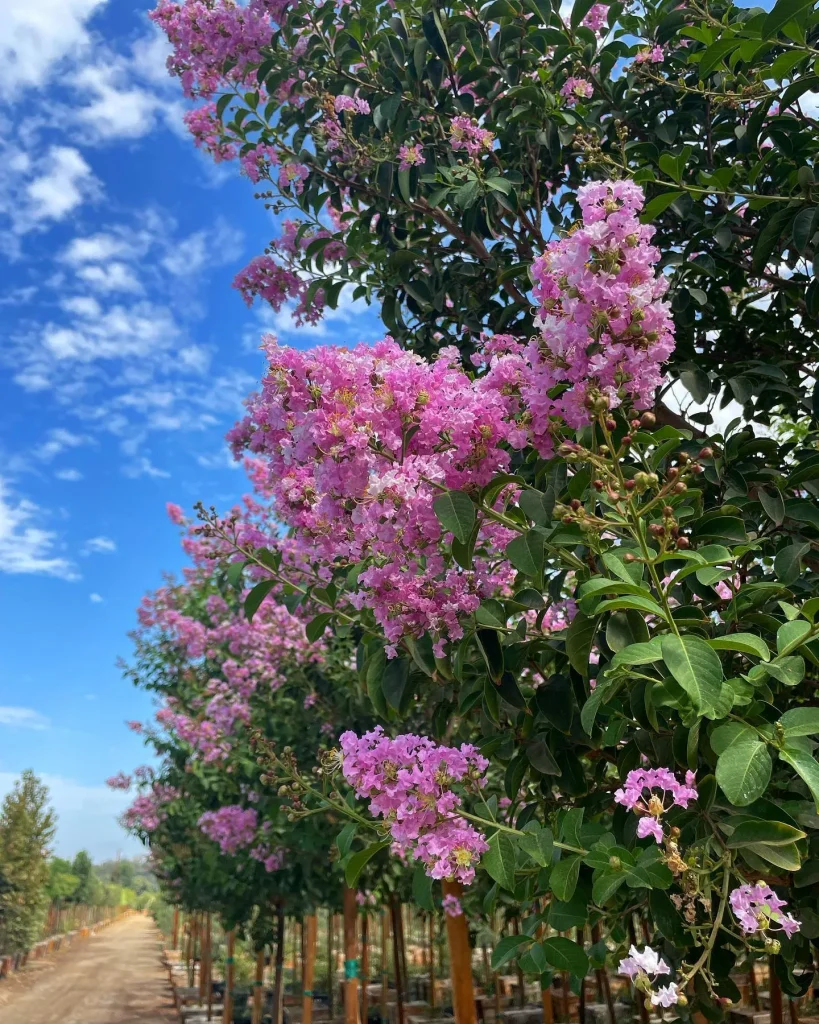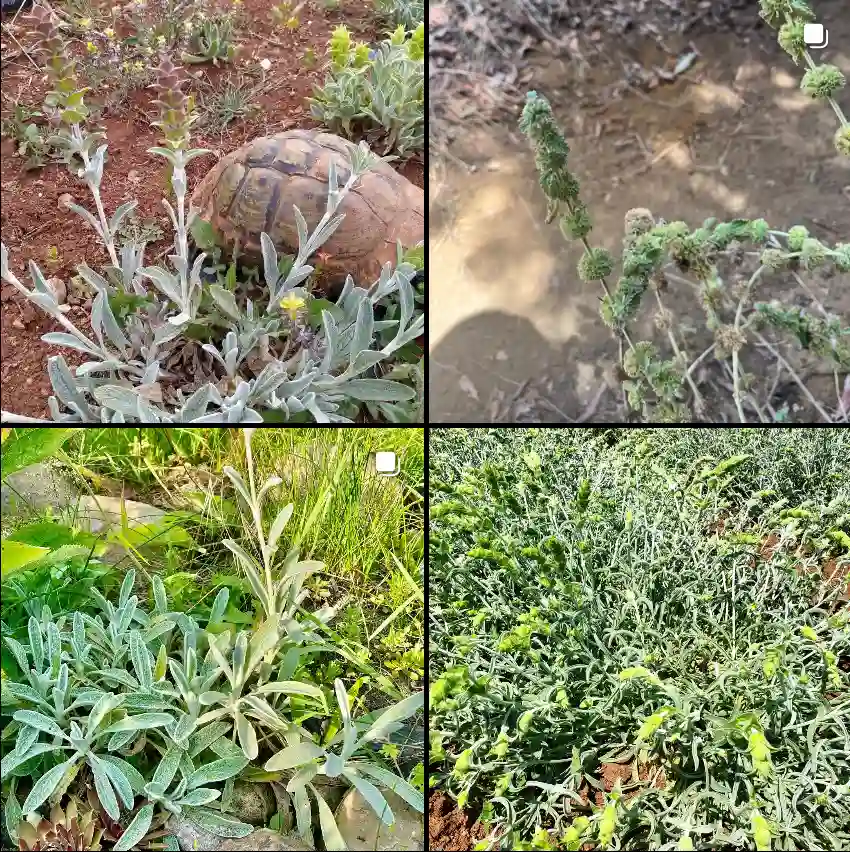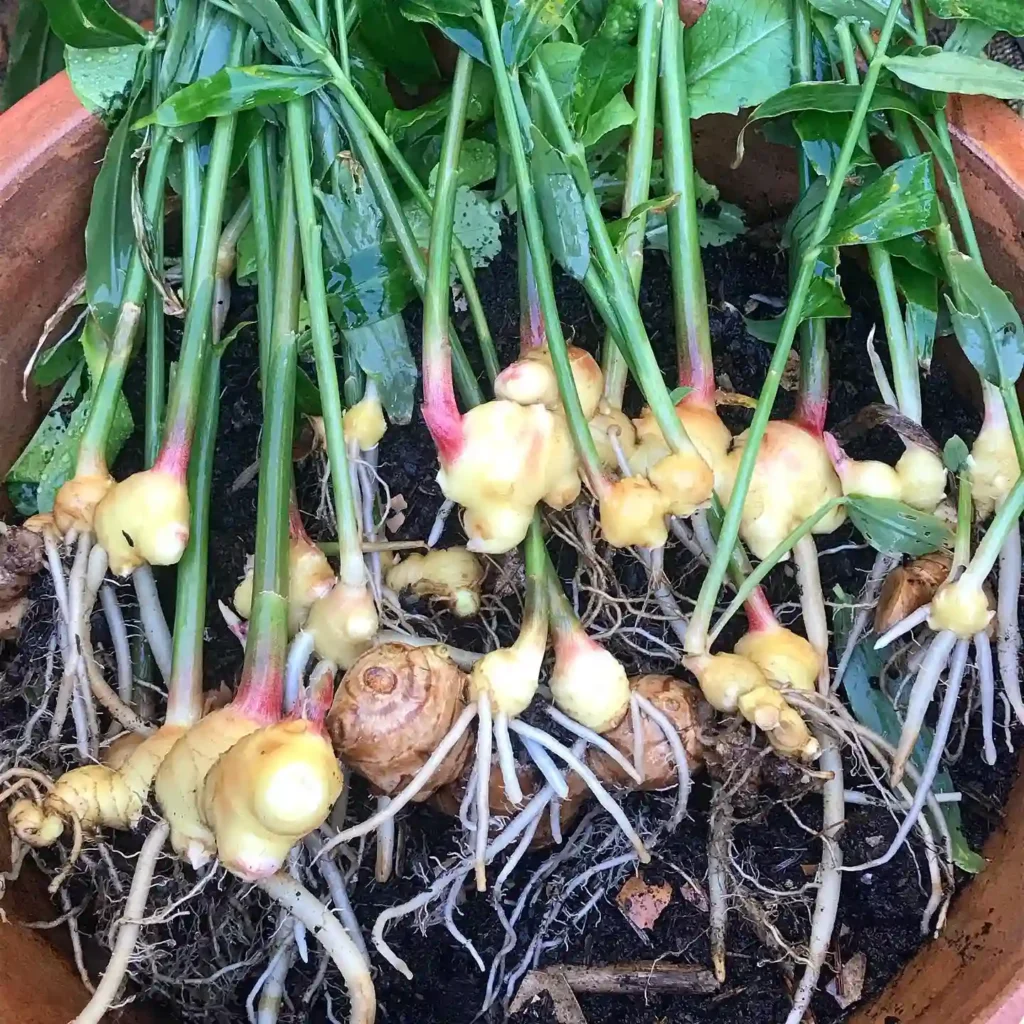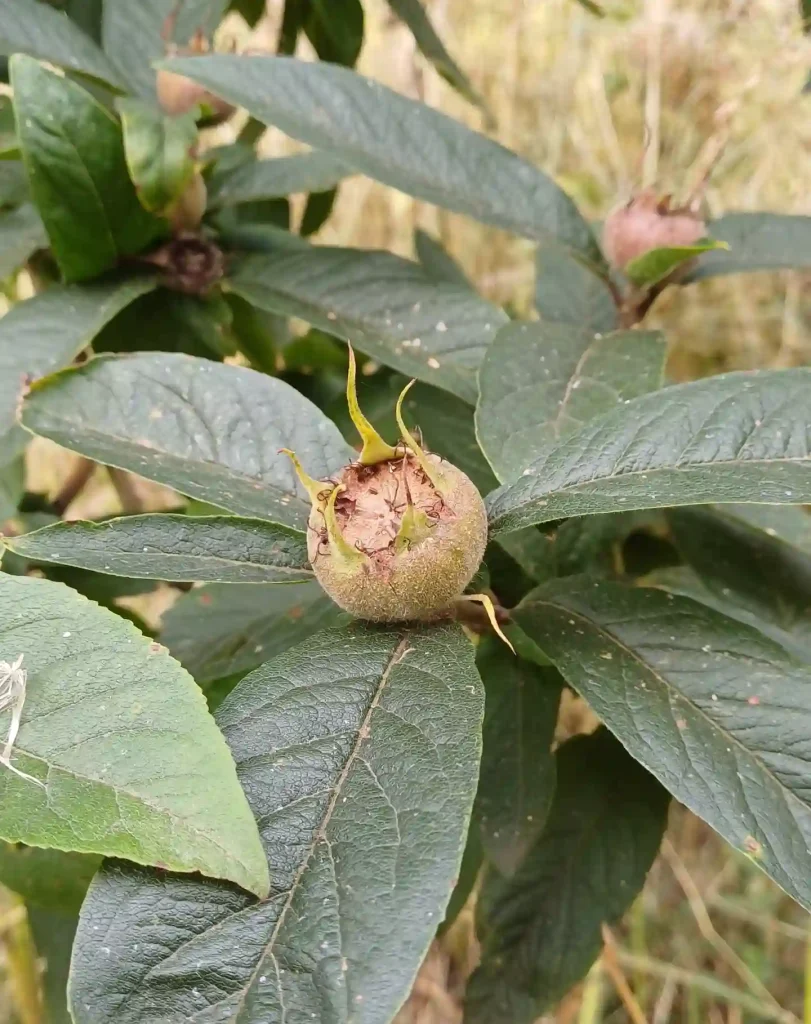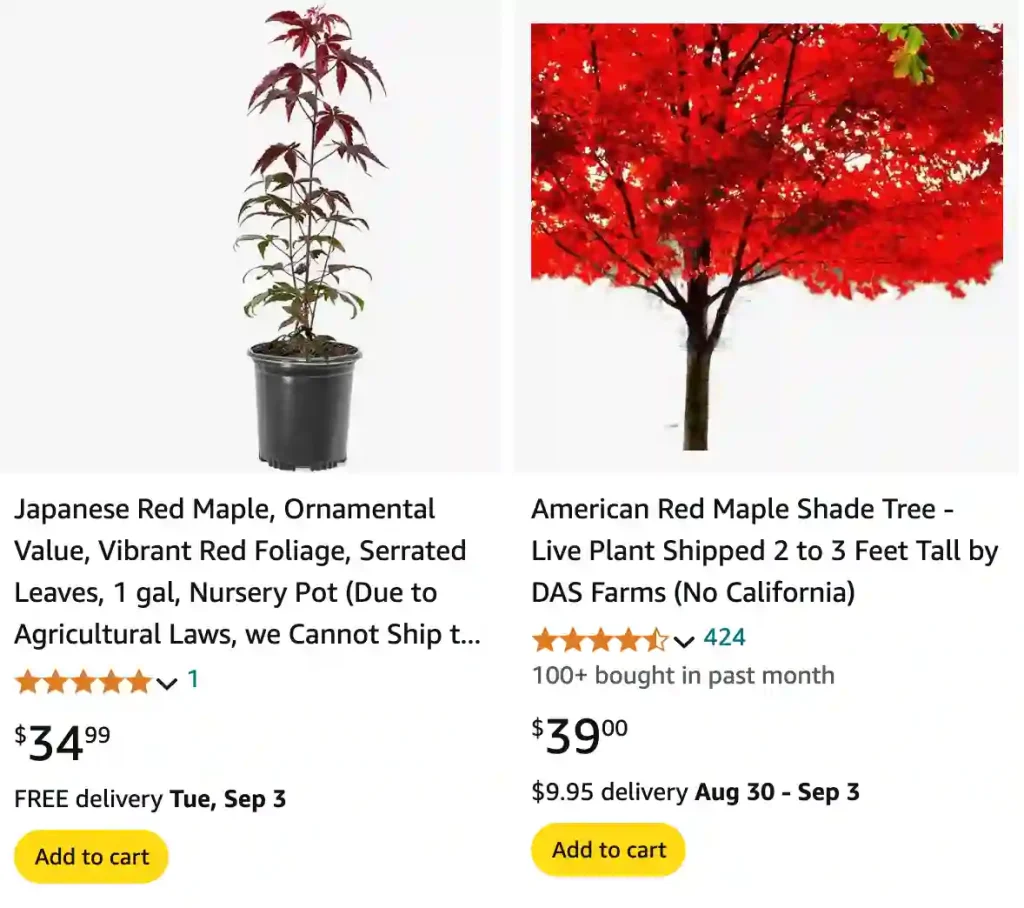
Frequently Asked Questions About Red Maple Trees
As someone who has spent a fair amount of time tending to my own garden and experimenting with different types of trees, I’ve gathered a lot of insights about the Red Maple. This vibrant tree, known for its striking fall color and versatility, raises several common questions among gardeners and tree enthusiasts. In this article, I’ll cover some of the most frequently asked questions about Red Maples, providing insights based on my experiences and observations.
How Fast Do Red Maple Trees Grow?
Red Maple trees are relatively fast growers. Typically, you can expect them to add about 1 to 2 feet of height per year. In ideal conditions, they can even grow a bit faster. I’ve seen my own Red Maples shoot up quite quickly, especially during the spring and early summer months. If you’re looking for a tree that provides quick shade or height, the Red Maple might be a great choice.
How Big Do Red Maple Trees Get?
Red Maple trees can grow quite large. They generally reach heights of 40 to 60 feet, with a spread of about 30 to 50 feet. In some cases, they can exceed these dimensions, especially if they’re planted in optimal conditions. The broad canopy and impressive height make them a standout in any landscape.
How to Plant a Red Maple Tree?
Planting a Red Maple is fairly straightforward, but there are a few key steps to ensure success. Start by choosing a spot with well-drained soil and full sun to partial shade. Dig a hole twice as wide as the root ball and just as deep. Place the tree in the hole, making sure that the top of the root ball is level with the soil surface. Backfill with soil, water thoroughly, and mulch around the base to retain moisture. It’s important to water the tree regularly, especially during the first few years.
What Do Red Maple Trees Look Like?
Red Maples are quite distinctive. They have a rounded canopy with a mix of green and red foliage. The leaves are usually 3 to 5 lobed and turn a brilliant red in the fall, which is why they’re so popular in autumn landscapes. The tree also features small red flowers in early spring and produces winged seeds called samaras.
When to Plant Red Maple Trees?
The best time to plant Red Maple trees is during the fall or early spring. Planting in the fall allows the tree to establish its roots before the heat of summer, while spring planting ensures it can take advantage of the growing season. Avoid planting during the hottest summer months to prevent stress on the young tree.
How to Prune a Red Maple Tree?
Pruning Red Maples helps maintain their shape and health. Ideally, prune in late winter or early spring before new growth starts. Remove any dead or diseased branches, and thin out the canopy to improve air circulation. Be cautious not to remove more than 25% of the canopy at once, as this can stress the tree.
Is Red Maple a Hardwood?
Yes, Red Maple is considered a hardwood. The wood is known for its density and strength, making it suitable for furniture and cabinetry. It’s also used in flooring and as a source of maple syrup, though it’s not as commonly tapped as Sugar Maples.
Is Red Maple Good Firewood?
Red Maple is decent firewood. It burns hot and produces a fair amount of heat, but it does tend to burn quickly. It’s not as dense as some other hardwoods, so it might not be the best choice if you’re looking for long-lasting logs. However, it’s still a good option if you have it available and are looking for a reliable source of heat.
How Long Do Red Maple Trees Live?
Red Maple trees can live for several decades. On average, they live between 30 to 60 years, though some individuals can live longer under optimal conditions. Regular care and maintenance can help extend their lifespan and keep them healthy.
When Does Red Maple Bloom?
Red Maples typically bloom in early spring, before the leaves emerge. The flowers are small and red, appearing in clusters. The bloom period usually lasts for a few weeks, adding an early splash of color to the landscape.
Do Deer Eat Red Maple Trees?
Deer are known to browse on young Red Maple trees, especially if other food sources are scarce. They might nibble on the leaves or bark, which can cause damage. To protect young trees, consider using deer repellents or physical barriers.
How Far Apart to Plant Red Maple Trees?
If you’re planting multiple Red Maples, space them about 30 to 50 feet apart. This spacing allows them to grow without overcrowding each other and ensures they have ample room to develop their full canopy.
Red Maple vs Sugar Maple
When comparing Red Maple to Sugar Maple, the primary differences lie in their leaf shape, color, and growth habits. Red Maples have more deeply lobed leaves and are known for their vibrant red fall color. Sugar Maples have broader, smoother leaves and are more commonly tapped for maple syrup. Both are excellent trees, but they suit different needs and aesthetics.
Red Maple vs Japanese Maple
Red Maples are much larger and more robust than Japanese Maples. Japanese Maples are typically smaller, with more intricate, delicate leaves. They’re often used as ornamental trees, while Red Maples serve as larger shade trees.
Red Maple vs Silver Maple
Silver Maples are known for their faster growth and larger leaves compared to Red Maples. They also have a more spread-out canopy. However, Silver Maples have a more aggressive root system and are less tolerant of urban conditions.
Red Maple vs Autumn Blaze
Autumn Blaze is a hybrid between Red Maple and Silver Maple. It combines the rapid growth of Silver Maple with the vibrant fall color of Red Maple. It’s a great option if you want the best of both worlds: quick growth and striking autumn hues.
Red Maple vs Norway Maple
Norway Maples are known for their dense shade and large size, but they can be more invasive and are not native to North America. Red Maples, on the other hand, are native and generally less aggressive in their spread.
Red Maple vs Black Maple
Black Maples are similar in appearance to Red Maples but are generally slower growing and have a slightly different leaf shape. Both species offer beautiful fall colors, but Black Maples are less commonly planted.
Red Maple vs Crimson King
Crimson King is a cultivar of the Norway Maple with dark purple foliage. It’s not a Red Maple but can be mistaken due to its name. Crimson King offers a different color palette compared to the vibrant reds of a true Red Maple.
Red Maple vs Crimson Maple
Crimson Maple is another name sometimes used for Red Maples with particularly vibrant fall colors. It’s not a separate species but rather a description of certain Red Maples known for their striking red foliage.
Red Maple vs October Glory
October Glory is a cultivar of Red Maple known for its exceptional fall color, which tends to last longer than many other Red Maple varieties. It’s an excellent choice if you want to extend the beauty of your autumn landscape.
Red Maple vs Red Oak
Red Oaks are larger and have a different leaf shape compared to Red Maples. They also tend to have a more significant canopy and are slower to mature. Red Oaks offer a more traditional, classic look compared to the vibrant, changing colors of Red Maples.
Red Maple vs Red Sunset Maple
Red Sunset is a cultivar of Red Maple known for its brilliant fall color and faster growth rate. It’s similar to the standard Red Maple but is often chosen for its enhanced autumn display.
How to Care for Red Maple Trees?
Caring for Red Maple trees involves regular watering, especially during dry periods, and applying mulch to retain soil moisture. Keep an eye out for common pests and diseases, and ensure the tree is pruned properly to maintain its health and shape.
How to Propagate Red Maple Trees?
Red Maples can be propagated from seeds or cuttings. Collect seeds in the fall, and stratify them in the refrigerator for a few months before planting. For cuttings, take softwood cuttings in late spring or early summer and root them in a well-draining medium.
What to Plant With Red Maple Trees?
Consider planting groundcovers or low shrubs that complement the Red Maple’s vibrant foliage. Plants like hostas, ferns, or shade-tolerant perennials can create a beautiful underplanting and enhance the tree’s overall aesthetic.
Is Red Maple Toxic?
Red Maples are not toxic to humans or pets. However, the leaves and seeds are not suitable for consumption. It’s always good to be cautious and avoid ingesting any plant material.
Benefits of Red Maple Trees
Red Maples offer numerous benefits, including their stunning fall color, rapid growth, and adaptability to various soil types. They also provide shade and habitat for wildlife, making them a valuable addition to any landscape.
Common Problems with Red Maple Trees
Common issues with Red Maples include leaf scorch, fungal infections, and insect pests like aphids or scale. Regular inspection and proper care can help mitigate these problems and keep your tree healthy.
Red Maples are truly versatile and striking trees, and with the right care, they can be a stunning addition to any garden. Whether you’re looking for quick growth, beautiful fall color, or a hardy tree, the Red Maple has a lot to offer.
If i die, water my plants!
